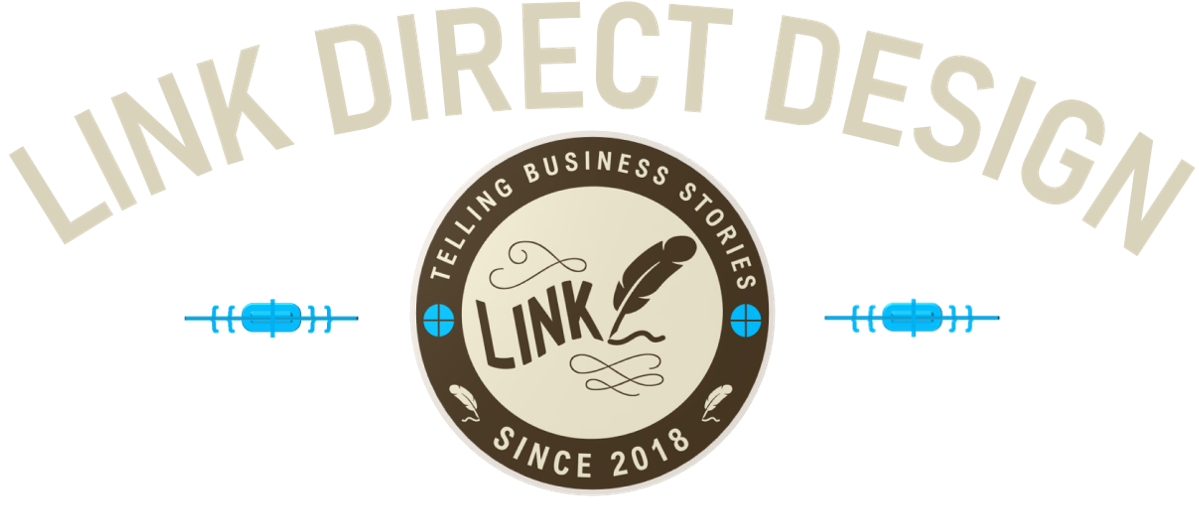7 Ways to Avoid a “Boilerplate” Website
Small business websites can sometimes fall into the boilerplate category. The challenge is to use this valuable platform to engage customers. To engage customers, your site should be dynamic and provide value. Customers do not believe what you say about yourself. They draw conclusions from the value you provide.
Boilerplate. There's almost an iron clang in the background when you hear the word. Boilerplate is the name for the metal identification panel riveted or screwed onto heavy machinery to identify the basic information about that equipment and who made it. It has been around so long the two words making it up are now one.
Boilerplates, while informative, won't tell you how to use the machinery to create something of value. They will seldom offer how to get the best results. You won't learn much about the manufacturer or why you would buy from them. However, a boilerplate will give you a basic name, model, load limits and serial number types of information.
The majority of small and mid-sized, business websites are defined by the industry as "boilerplate." Is yours one? Do you have a web presence? The fact is, if your site is static (non-changing), it will not receive serious ranking from Google. To be found, your site must be dynamic (changing), useful and mobile-friendly. In many ways your site is your company's face, like a storefront.
What a Less-Than-Effective Website Looks Like
If your site tests positive for four or more of these, you may have a case of boilerplate syndrome:
You can find the name, phone, usually the address and logo of the company on almost any site. But there is no blog or other engagement mechanism.
The building or vehicle fleet may be featured prominently in a photograph. This signals “our company is about how many trucks we have out,” or “look how nice our waiting room is.”
There is usually an About section where a bit of founder history resides or comments may be made about the superior people or products the company has - called puffery. There is often something about being part of the local market or how buying local is important.
Often there will be a mention of how many years the company has been in business. Anniversary celebrations may be important, even when they may not be important to prospects.
You may see a section including the logos of products carried - instead of something about the company's unique approach to providing those products.
In many cases there will be an e-commerce section, often on the home page, where customers can submit their orders. The new customer is rare as these sites are seldom seen by new prospects, because they do not rank well in searches. Pricing is usually not competitive with the large providers of products on-line.
If the format is not designed to "scale" to mobile platforms, the boilerplate website is further penalized.
Bottom line, there is little unexpected, eye-opening, educational information - or even an explanation of the company's unique selling proposition that would separate it from scores of other companies.
If this sounds familiar, you may be missing opportunities. The good news is, that also means you probably have unleveraged opportunities.
Locating New Customers, Buyers or Prospects
According to Blue Corona, a leader in on-line marketing data, 66% of small businesses say locating the next good customer is their top concern.
At the same time, only 25% of small businesses report they invest in on-line marketing to reach out on the internet.
The goal and the marketing activity here are out of alignment.
So What's the Problem?
Search engines are designed to show you where the action on websites is. No action, no ranking, no finding, no attention and no new revenue.
As a business owner, you have probably noticed that maintaining a sales staff is an increasingly expensive proposition. Because a boilerplate website is basically just a digital business card and little else, it doesn't do much more than the yellow pages once did.
So, the problem is that the boilerplate website lets potential customers slip through your fingers. Opportunities for engaging people who are already interested in what you offer are being missed. They are still searching, but you are not showing up.
Imagine sending your sales staff out and telling them:
"Here are your new business cards. When you visit customers, if it isn't on this card, please don’t talk with the prospect or customer about it. Don't mention how we have a unique approach to their problems, and don't try to help them with information outside the basics on the card."
What you actually do - arming you salespersons with everything you can think of to help them engage customers and prospects - is how they in turn can help grow your company.
It is the same with your website and the thousands of prospects who may not even know you exist, because they have never been visited by one of your salespersons. However, they research cleaning topics nearly every day and might find you and become interested in your unique approach if you will only let them. You do that by presenting an active, dynamic and useful website.
Takeaways
Websites of successfully marketed companies tell people the unique reasons they should be interested in that company - and then go on to engage the visitor in the many ways the internet and their digital outreach makes possible.
If you are funding a sales force, but not funding a vibrant internet presence, you may be "hiding your light under a bushel."



